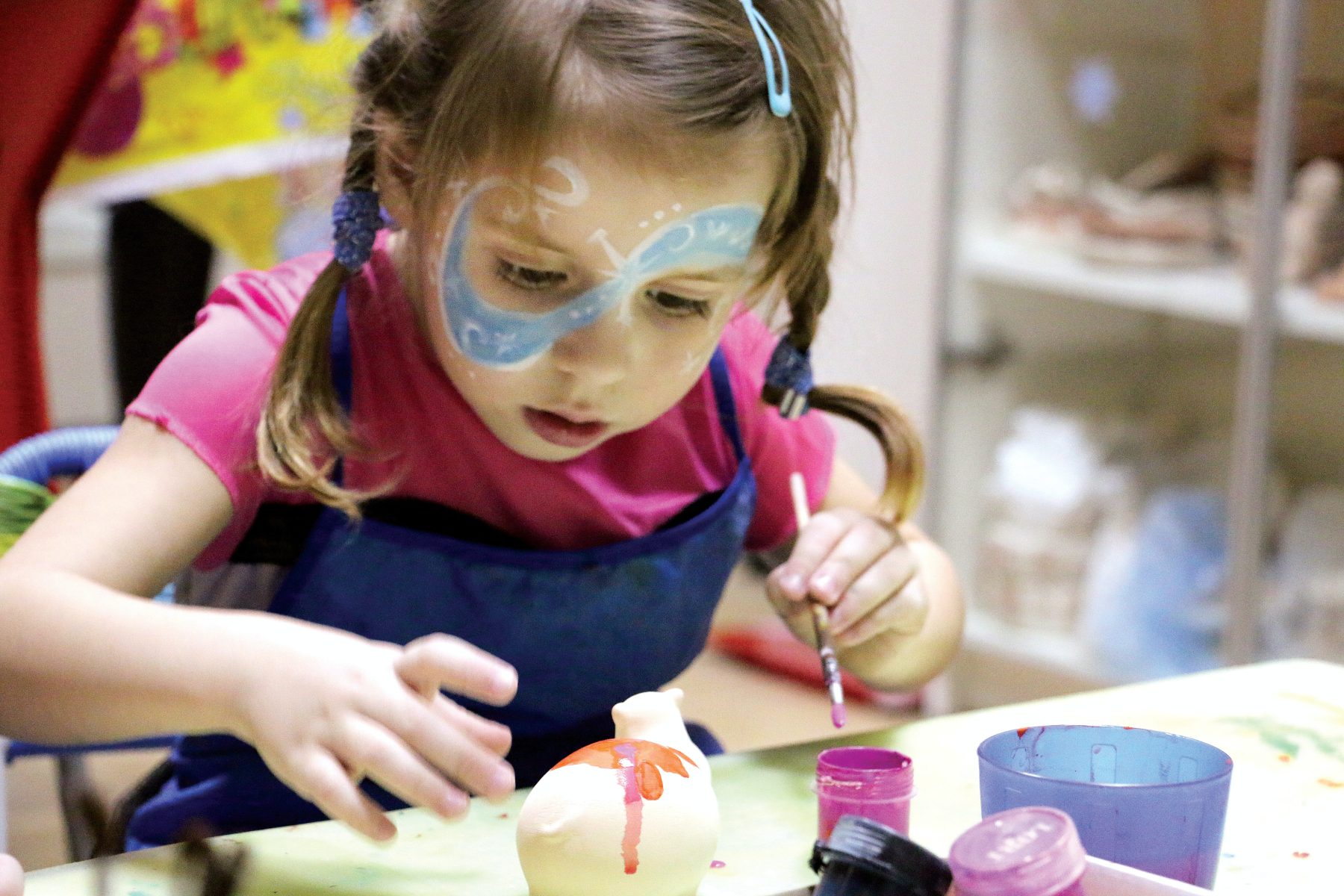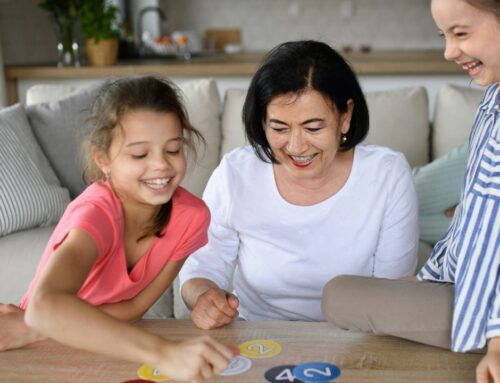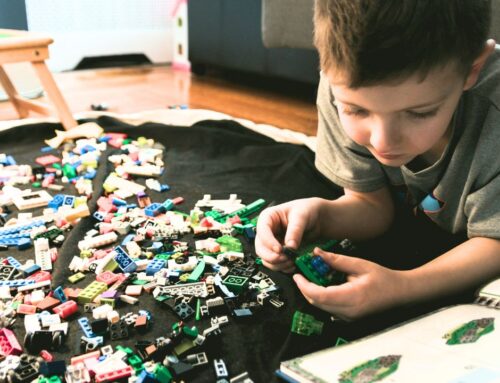As your kids continue growing – along with their love of creating – so can the stockpile of art filling your home. Understandably, artists of all ages can feel attached to their creations, and getting rid of art can be difficult.
 Instead of throwing away old masterpieces, HLN Guide Amber Santos shares a few fantastic ideas for recycling art while honouring artistic hard work and keeping the creative spark alive!
Instead of throwing away old masterpieces, HLN Guide Amber Santos shares a few fantastic ideas for recycling art while honouring artistic hard work and keeping the creative spark alive!
One of the top ways to recycle your art (#3 below!) is with our Mixed Media Art Book Camp from August 9-11 for ages 4-11. Your kids will take a book on its way to the recycling and transform it into an art piece using old art such as drawings, paintings and even poetry. There’s also two other art camps you can register for in August: Elements Art Camp and Art Maps Camp. Check out all the info here.
Recycling art is a great way to create space for more inspirational works, and these methods make getting rid of old art a fun and enriching experience for you and your kids.
1. Gift, trade, or sell your art
Your kids worked hard and put a lot of thought into the art they created. That makes those carefully-crafted pieces especially meaningful when given as gifts to aunts, uncles, grandparents and other loved ones. Frame collages, drawings and paintings for a more professional touch (so they can be showcased on tables and mantle pieces, of course!)
Art can be turned into other great gifts too. Transform an old painting into a bookmark for that friend who loves to read or a notebook cover for a cousin who is an aspiring writer. You and your kids can scan through old sketchbooks for drawings to use as inspiration for fabric paintings on tea towels or aprons for the entertainer in the family. Gifting wearable or functional art is a great way to bring beauty and joy into someone’s everyday routine.
Suppose you or your kids want to trade or sell art…you can research local cafes, markets or online for some possibilities. Many towns and cities have “art walks” or exhibits where artists can sell and show off their work. It can be fun to ask your kid to write an artist bio and statement expressing what their art means to them.
Pro-tip: Try to find a place that doesn’t charge a commission when a piece is sold.
2. Use paper to make paper
Check out this excellent tutorial on making new, handmade paper from used paper and other recyclable materials. This practice is a great way to take art that might be gathering dust and turn it into blank canvases for new and exciting projects.
Bring new life into old art pieces by turning them into birthday or holiday cards. This allows a unique opportunity to experiment with fonts and lettering styles that show gratitude and attention to detail.
Pieces can also be upcycled into wrapping paper, notebook covers, or even entire books. Keep your eyes peeled for Realtime At Home Activities (AHAs) like ‘Simple Handmade Books’ to learn many techniques for binding paper into books.
3. Use old art in HLN’s Mixed Media Art Book Camp
In this camp happening August 9-11, your kids will take a book on its way to the recycling and transform it into an art piece using old art such as drawings, paintings and even poetry. We’ll show them techniques to cover pages, apply layered media and even play with pop-ups and pockets.
Learners can look forward to keeping their hands busy and exploring new and fun ways to work with paper. They’ll learn about elements of art and design principles, tap into reflections, dreams, and stories, and express their voice uniquely and personally.
Register for the camp here.
4. Host an art exhibit
Having an art exhibit in your home is fun and easy! All you’ll need is string, clips, and your family’s favourite creations.
Ask your kids to put on their curator’s hats and choose eight to ten works they’re most proud of. Together, you can look for themes or topics that connect the pieces and then play around with the sequence in which they’re displayed. How does the order of the art impact how the messages or feelings are communicated?
Pro-tip: Choose a spot where the lighting can show off the art in all its glory without disrupting your family’s daily routine.
5. Send it in the mail
Does your family have friends or loved ones that live far away? Sending art in the mail to someone you can’t see often is a fun and meaningful way to let them know they’re missed.
‘MailArt’ – also known as postal art and correspondence art – is an art movement that encourages sharing and exchanging small-scale art through the postal service. The campaign proposes that art should be for everyone, and often both the envelope and the letter come in an art form, making this example a double whammy!
Keep checking back for the SnailMail Realtime AHA to learn many techniques for creating MailArt.
For more art project ideas and other fun activities to do at home, check out HomeLearning Network’s Anytime and Realtime AHAs, as well as the awesome art Camps available this summer!







